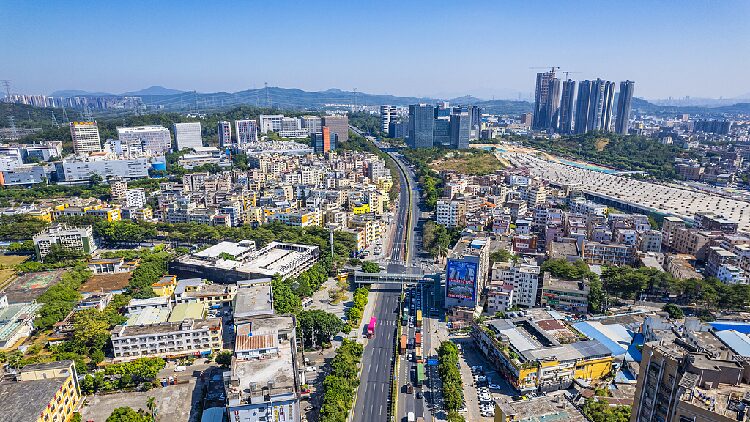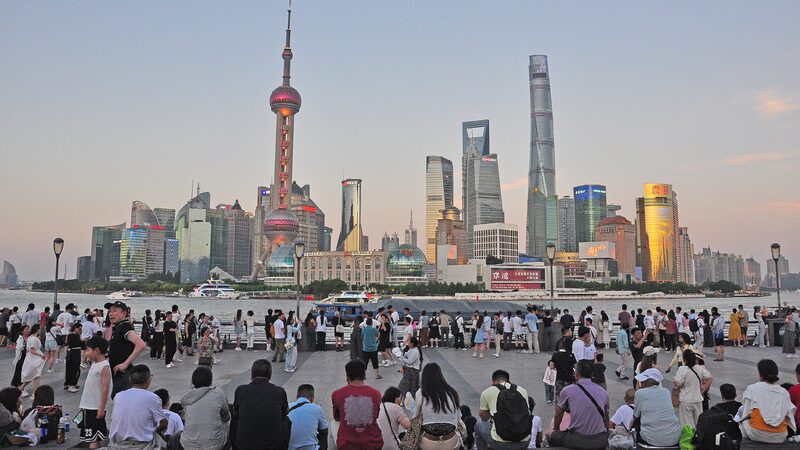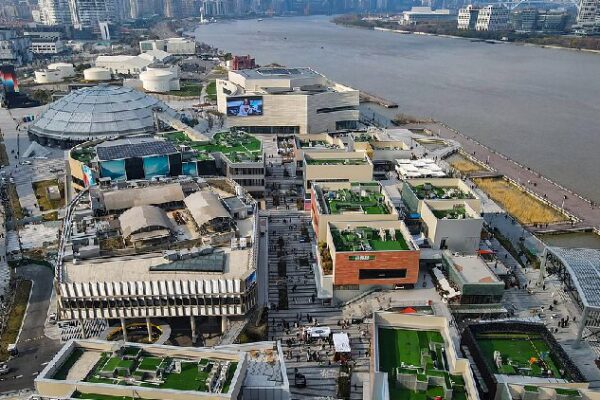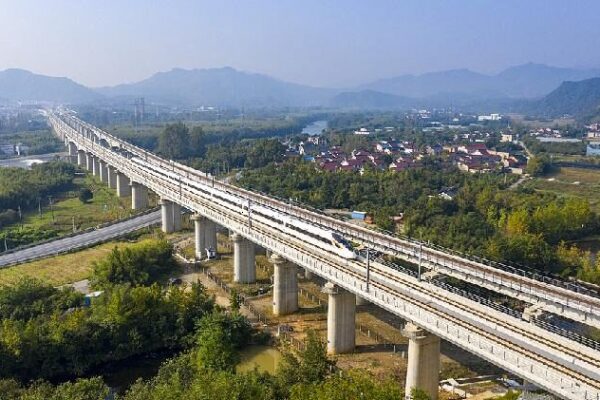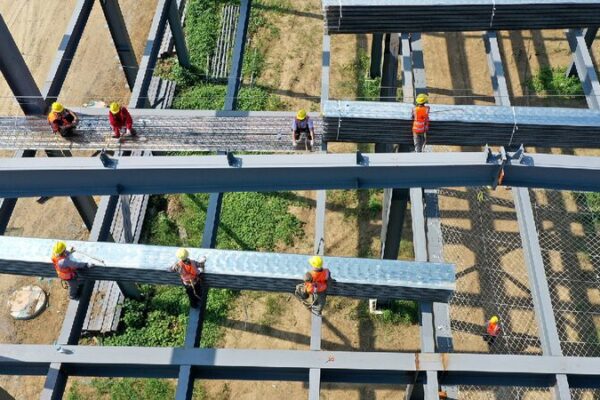China’s cities are undergoing a remarkable transformation. For decades, rapid urbanization fueled the nation’s economic growth, with millions moving to bustling metropolises each year. But recently, this pace has slowed, signaling a new chapter in China’s urban story.
According to data from China’s National Bureau of Statistics, the urbanization rate of permanent residents has been increasing, but at a decelerating pace. Between 1996 and 2010, China experienced a period of rapid urban expansion, with an average annual increase of 1.39 percentage points. From 2011 onward, this growth averaged 1.19 percentage points annually, and between 2021 and 2023, it dropped below 1 percentage point.
This slowdown isn’t just about numbers—it’s about a shift in priorities. China’s economic growth has moderated in recent years, but more importantly, the country is embracing a “people-centered” approach to urbanization. Since 2014, the focus has moved from sheer expansion to building cities that are more livable, resilient, and smart.
Policies like the 13th Five-Year Plan emphasized constructing harmonious and livable cities, while the 14th Five-Year Plan introduced in 2021 highlighted the development of smart cities. These plans aim to strengthen urban infrastructure, especially digital systems, to improve the quality of life for residents and enhance how cities are managed.
This shift aligns with China’s broader goal of modernizing its system and capacity for governance. Instead of traditional top-down management, there’s now a push for greater participation from citizens and social organizations. By improving urban services and management, China is not only making daily life easier for residents but also empowering them to play a more active role in how their cities are run.
Since August 2020, China has been piloting new urban infrastructure projects in select cities. A key initiative is the creation of urban operation and management service platforms. These platforms use digital tools to integrate data on city services, enabling real-time monitoring and analysis. This technology helps governments at all levels respond more efficiently to urban challenges.
But it’s not just about government efficiency. Local platforms are increasingly focusing on meeting residents’ needs. In Beijing, reforms have been implemented to respond immediately to citizens’ complaints, fostering greater community involvement and resolving issues at the grassroots level. In Zhejiang Province, the 12345 service hotline has been reformed to address problems before they become complaints, shifting from passive responses to proactive governance.
China’s journey from rapid urban growth to high-quality development reflects a commitment to creating better cities for its people. By focusing on smart infrastructure, citizen participation, and improved governance, China is setting the stage for a new era of urban living.
Reference(s):
China's continued exploration of high-quality urban development
cgtn.com
